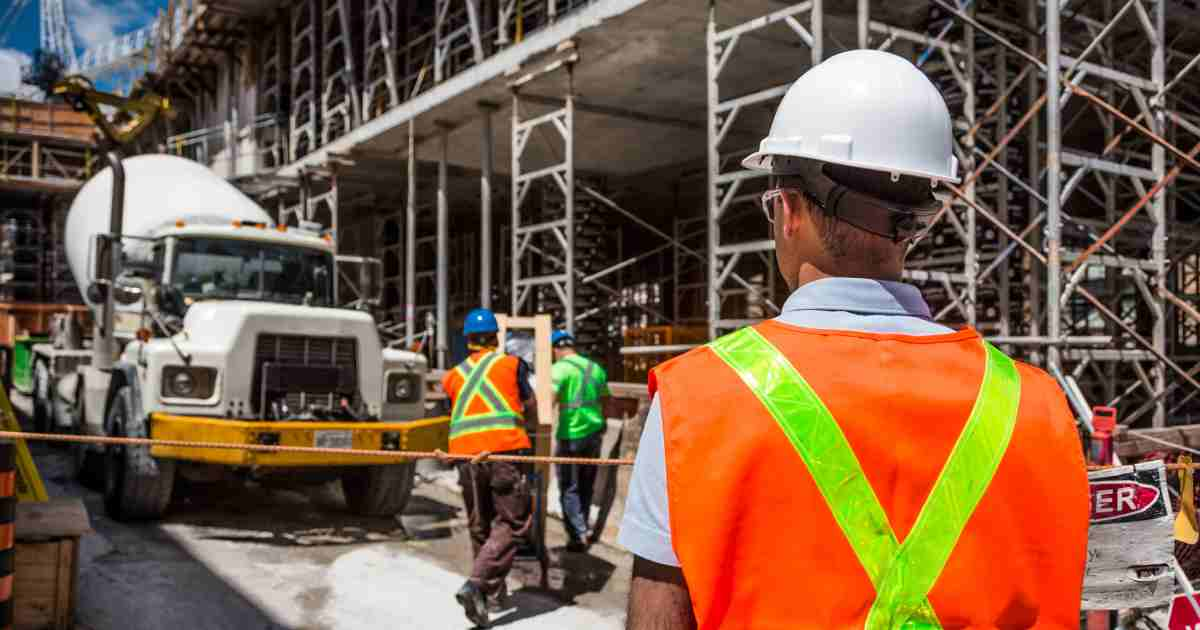 Spending on the technologies that enable Smart City initiatives is forecast to reach $1.26 billion for the Middle East and Africa (MEA) region in 2018, according to the latest insights from International Data Corporation (IDC).
Spending on the technologies that enable Smart City initiatives is forecast to reach $1.26 billion for the Middle East and Africa (MEA) region in 2018, according to the latest insights from International Data Corporation (IDC).
In the first release of its Worldwide Semiannual Smart Cities Spending Guide, the global technology research and consulting firm provides a detailed look at the technology investments associated with a range of Smart Cities priorities and use cases. As these initiatives gain traction, IDC expects spending in MEA to accelerate over the 2016-2021 forecast period, reaching $2.30 billion in 2021.
Cities across the region are implementing digital transformation initiatives within urban ecosystems in order to facilitate a broad range of environmental, financial, and social outcomes. In IDC’s view, a Smart City begins to be developed when multiple smart initiatives are coordinated to leverage technology investments across an entire city, use common platforms to decrease service time/maintenance costs, share data across systems, and tie IT investments clearly to smart missions.
Smart City programs are enabled by 3rd Platform technologies, and emerging technologies are accelerated in the city ecosystem to deliver innovative solutions in very specific areas.
The strategic priorities in MEA that IDC believes will see the most spending in 2018 are sustainable planning and administration and intelligent transportation. Intelligent traffic and transit, digital permitting, licensing and inspections, and Smart Cities platforms will be the region’s largest use cases in terms of spending in 2018, followed by in-car camera systems, smart kiosks, and fixed visual surveillance.
The worldwide market for technologies enabling Smart Cities is expected to grow at a five-year compound annual growth rate of 18.6% over the 2016-2021 period, and MEA is one of the regions that will see the fastest spending growth, with a CAGR of 21.2%.
“The year 2017 could be considered as the coming-of-age year for Smart Cities in the region,” says Jebin George, program manager, IDC MEA. “The concept is being widely discussed and adopted in the region, early success stories are starting to emerge, almost all greenfield developments are incorporating smart technologies by default, and nations are developing a common vision around the Smart City concept. The region is now getting into an exciting phase of the Smart City journey, characterized by wider adoption and faster growth.”
IDC’s Worldwide Semiannual Smart Cities Spending Guide quantifies the expected technology opportunity around Smart City initiatives from a region and worldwide level. Spending data is available for nine regions with a focus on 15 use cases across five strategic priorities, as well as the overall Smart Cities market size. The spending guide is designed to provide IT vendors with insights into this rapidly growing market and how the market will develop over the five-year forecast period.






